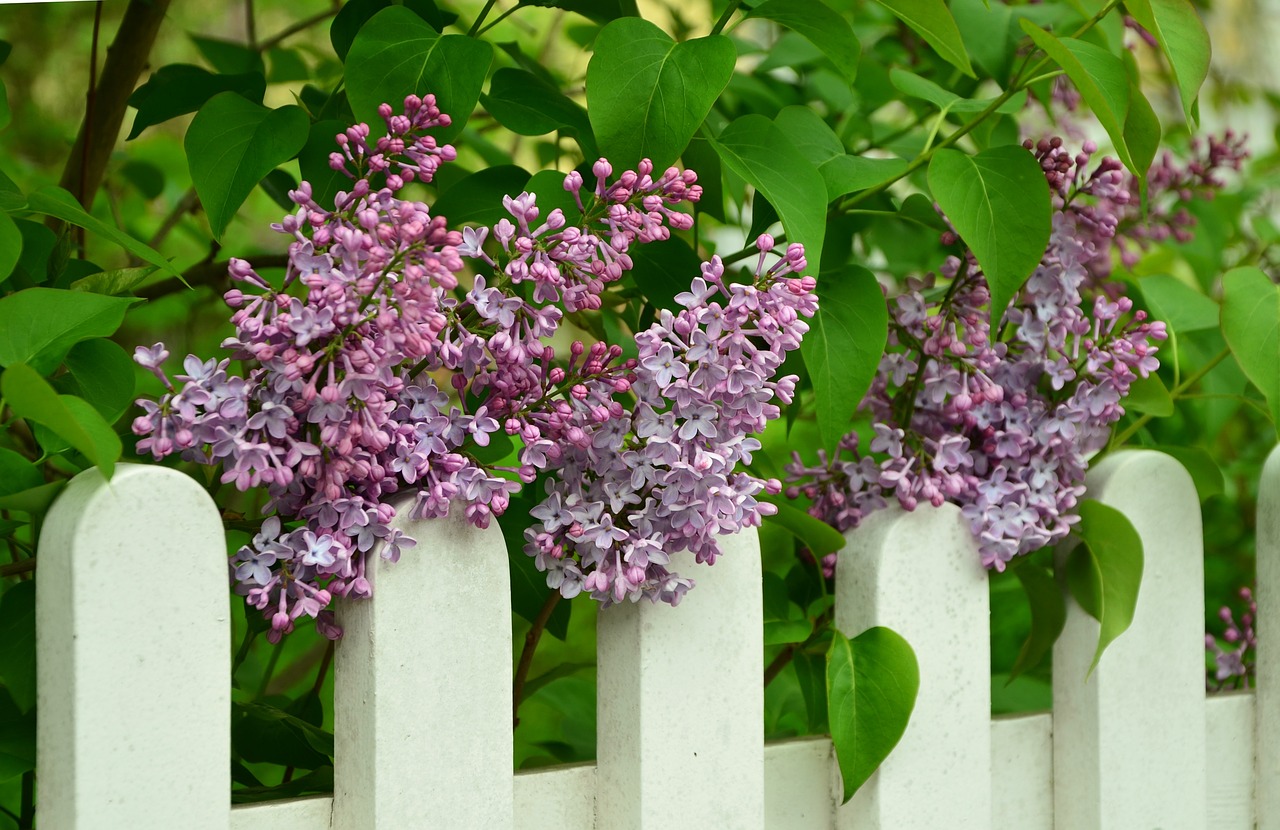
Trees for urban yards
A list of recommended trees - coming soon we will have detailed profiles on these and more!
Patterson Garden Arboretum is the perfect place to go for a walk while casting a discerning eye to the many tree possibilities for prairie gardeners. Located at the University of Saskatchewan, the Arboretum is home to a diverse collection of woody plants, including many rare species. Open all year and free of charge, it is located southeast of the corner of College Drive and Preston Avenue in Saskatoon.
The following is a list of trees that are either rare, interesting, durable, or characterful (possibly all of the above), that will grace your Zone 3 garden for years to come.
Alpine Fir Abies lasiocarpa
Slow to get started and so rarely planted, this fir wins everyone over with its glossy deep green foliage and perfect upright form.
Chinese Catalpa Catalpa ovata
As exotic-looking as a tree can get on the prairies, catalpas have huge heart shaped leaves, orchid-like flowers and long seed pods that persist through the winter. Growing well in the Arboretum.
Hackberry Celtis occidentalis
Unique light-colored bark covered in bumps and corky ridges. The fruit, though small and dry, is sweet.
Arnold Hawthorn Crataegus arnoldiana
Hawthorns are overlooked as landscape and fruit trees. The Arboretum has several species with tasty, creamy fruit. As a bonus hawthorns develop a lot of character in old age.
Paper Birch Betula papyrifera
Don't give up on birches! They will appreciate a bit of shade and wood mulch over the roots. Paper birch is the native species and the most durable in prairie landscapes.
Green ash Fraxinus pennsylvanica
Not given enough credit for the stoic native tree that it is, green ash can live very long and reach a good size while being trouble-free all the while.
Kentucky Coffee Tree Gymnocladus dioicus
The name says it all – this is an odd one. In Patterson Arboretum is a young tree that is growing vigorously. Oddly thick stems support bipinnate leaves on Canada's largest-leaved native tree.
Black Walnut Juglans nigra
Give your walnut space and sun and it will reward you with a shocking growth rate and of course, walnuts. The leaves can be huge. Manchurian walnut and the butternut are also productive and hardy.
Rocky Mountain Juniper Juniperus scopulorum
The wild form of this species can grow to the top of a three-story house if given time and space. For those that prefer compact, many upright or drooping cultivars exist.
Tamarack, Larix laricina
This native larch develops character as it matures. The cones are much smaller than other larches and the bark becomes very dark when wet with rain.
Siberian Crabapple Malus baccata
A sturdy and extremely adaptable tree that is dependably and densely adorned with white flowers in the spring. The apples are the size of berries (but not squishy) so there is little mess to clean up.
American Hop-hornbeam Ostrya virginiana
Quietly unique, with elm-like leaves that betray its true identity in the birch family. A prairie native tree that is tolerant of shade and drought. There is a specimen in Patterson Arboretum.
Amur Cork Tree Phellodendron amurense
Spongy bark woven in shades of brown, and pinnate leaves (like a mountain-ash) give this tree an exotic air. Exotic it is, originating in the distant forests of northeastern Asia.
Serbian Spruce Picea omorika
A narrow crown of gently up-curving branches, displaying the white undersides of the needles at the branch tips. Very ornamental.
Limber Pine, Pinus flexilis
A distinctive species with smooth white bark on young trunks. The needle bundles are clustered tightly which gives the branches a particular look. Its hardiness and durability are rock solid, being native to dry hillsides of western Canada.
Austrian pine, Pinus nigra
This is a beautiful pine: dense, dark, and striking. There are a few growing in Saskatoon but it is very common in Edmonton. It is adaptable, needing only full sun and well drained soil to prosper.
Apricot Prunus armeniaca
Covered in pink flowers in the spring, any variety or species of apricot is a sight to behold.
Rocky Mountain Douglas-fir Pseudotsuga menziesii var. glauca
Like a tortoise winning the race, Douglas-fir will mature into a thick-barked wonder of nature.
Scarlet Oak Quercus coccinea
Be it scarlet oak or northern pin oak (the two are difficult to tell apart), the Patterson Garden tree is a testament to the value of experimentation. Bright red leaves in autumn.
Bullata Crack Willow Salix fragilis 'Bullata'
Densely branched upright branches forming a rounded crown. Willows grow quickly as long as they have enough to drink. This is the perfect tree for a soggy site or an open lawn space.
American mountain-ash Sorbus americana
Larger leaves and bright red fruit makes one wonder why the European mountain-ash is the popular one. Appreciates a bit of shade.
American Linden Tilia americana
Taller than the little-leaved linden and with rugged leaves, this native prairie tree is strikingly graceful.

